Formula 1®
From Le Mans to Le Castellet: A history of the French GP
Key Takeaways
- Formula 1 returns to France after ten-year break
- Le Castellet back on F1 calendar for first time since 1990
- 58 races have been held so far at various circuits in France
Formula 1 is returning to France in 2018 after being absent for ten years, back to the very cradle of Grand Prix racing, delivered by DHL. The tradition of giving the race the name ‘Grand Prix’ was first established in 1906 with the inaugural French Grand Prix at Le Mans, and F1 still uses the impressive-sounding title even today. 112 years down the line, and Le Castellet is now the venue. We look back at the French GP’s eventful history and its place in the Formula 1 World Championship which has been contested since 1950.
Circuit de Reims-Gueux
France first hosted Formula 1 in the very first year that the premier class was introduced. The penultimate round of the season was held at Reims on 2nd July 1950. In more or less its original form, the 7.81-km Circuit de Reims-Gueux in the west of the Champagne region had been home to the Grand Prix pre-war from 1932 and 1939 and post-war in 1948 and 1949. Juan Manuel Fangio won the first edition of the race in 1950.
The Argentinean in the Alfa Romeo took victory from teammate Nino Farina. The world’s fastest race series was held at Reims ten more times until 1966. Fangio won three races in all and was the most successful driver at the circuit. The names of quite a few other legendary drivers, including Mike Hawthorn, Peter Collins, Jack Brabham and Jim Clark also appear on the winners’ list at Reims.
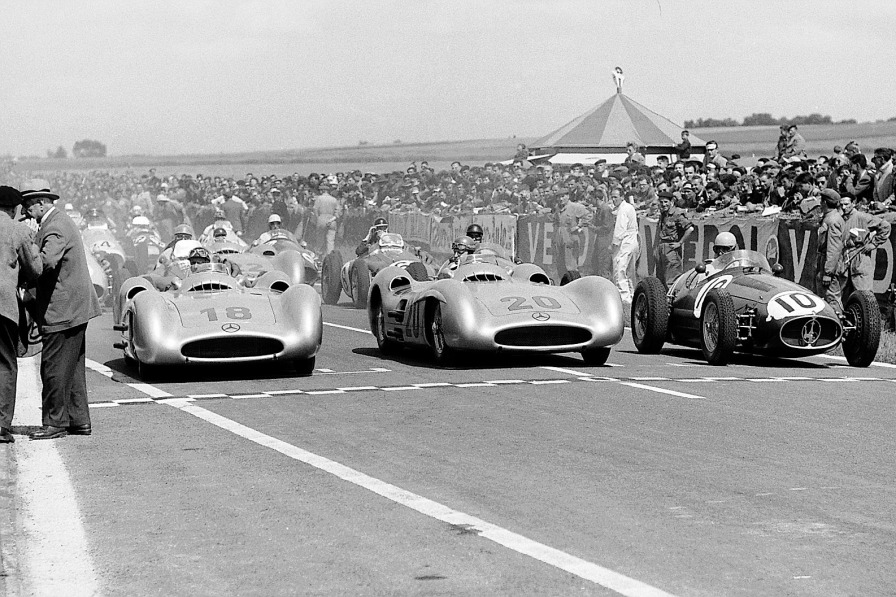
Rouen-Les-Essarts
Formula 1 turned its back on Reims in 1952, moving to Rouen for the first time. The 5.09-km circuit in Normandy was one of the most modern of its time. Unlike Rheims, Rouen-Les-Essarts, as it was officially known, had modern pit facilities, a relatively wide asphalt track and spectator grandstands, even though it ran on public roads.
The layout was extended to 6.54 kilometers for 1956 and became the best-known variant. Rouen hosted Formula 1 five times in all until 1968. Fangio was victorious there in 1957 with Maserati. American driver Dan Gurney was the most successful with two wins. Alberto Ascari and Jackie Ickx both triumphed once. Tragedy struck, though, in 1968 in the last race held at Rouen when Jo Schlesser crashed on the notorious Six Frères passage.

Circuit de Charade, Clermont-Ferrand
The French Grand Prix was held at Clermont-Ferrand for the first time during the 1965 season. The 8.05-km roller-coaster of a circuit in the Auvergne-Rhône-Alpes region was both spectacular and challenging. Much feared by drivers, it was allegedly even more demanding than the Nordschleife. Four Formula 1 grands prix were held at the Circuit de Charade racetrack. Chris Amon’s average speed of 167.231 km/h in qualifying for the last race in 1972 indicates just how fast it was.
The crème de la crème of drivers from the 60s and 70s took wins there. Jackie Stewart triumphed twice while Jim Clark and Jochen Rindt both took one win each. However, Clermont-Ferrand also has a darker side to its history. There was a terrible accident in 1972 when a stone thrown up by Ronnie Peterson shattered the visor of BRM driver Helmut Marko, causing him to lose his left eye.
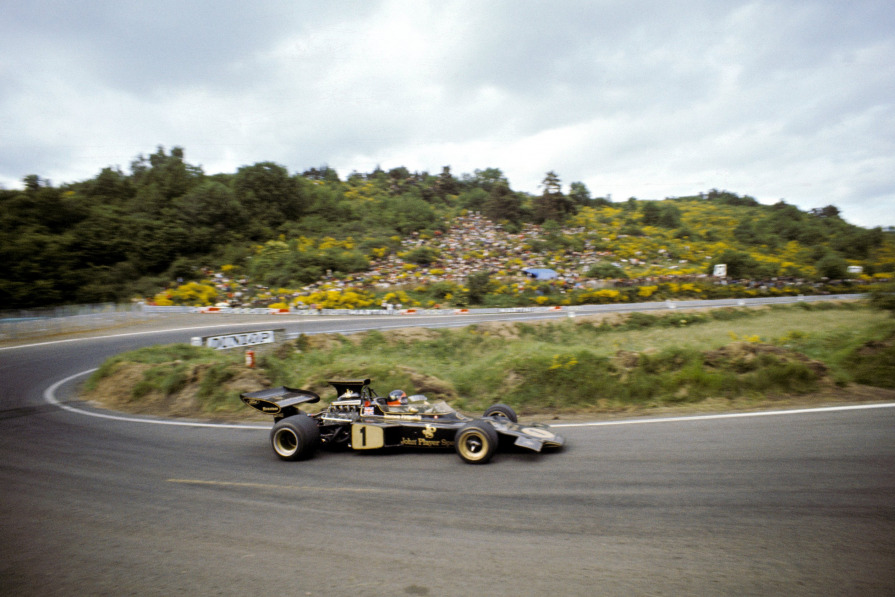
Circuit Paul Ricard, Le Castellet
Speeds were getting out of hand with the introduction of aerodynamics, which led to circuits such as the Nordschleife and Charade becoming subject to criticism. The response in France was a move to Le Castellet for the 1971 grand prix. Opened in April 1970, the permanent racetrack in Provence, the Circuit Paul Ricard, set new standards for track design with its layout and is one of the forerunners of the modern GP circuit.
The original 5.81-km layout was notorious for the 1.8-km Mistral straight, followed by the ultra-fast Signes turn. 14 grands prix were held at Le Castellet until 1990. Alain Prost was the most successful driver there with four wins. Great names like Jackie Stewart, Niki Lauda and Nigel Mansell were also victorious. The worst moment in the circuit’s history was the fatal accident of Elio de Angelis in 1986 while on a test drive.
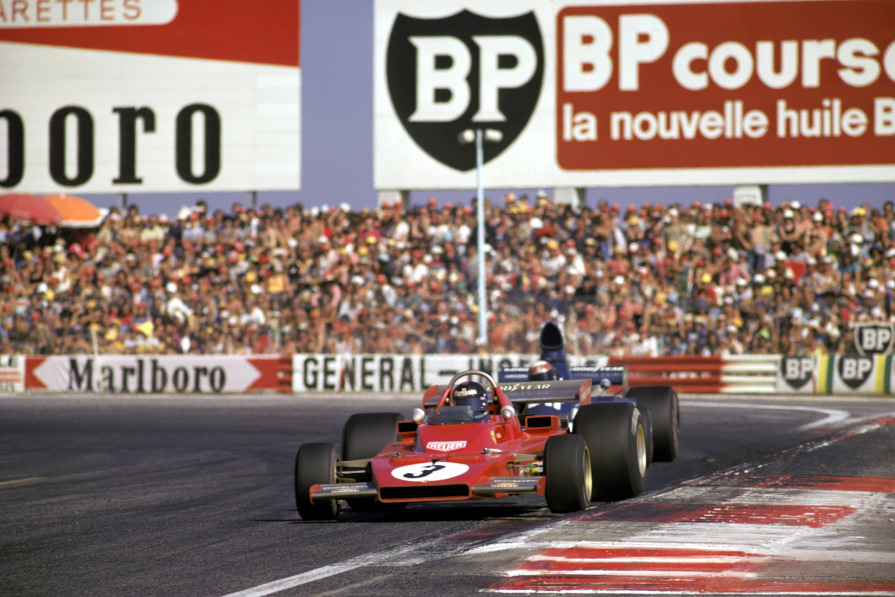
Circuit de Dijon-Prenois
The Circuit de Dijon-Prenois found its way onto the Formula 1 calendar around the same time as Le Castellet. Planning began initially in 1967, and the track finally opened in 1972 thanks to support from drivers Jean-Pierre Beltoise and François Cevert. Two years later, the premier class contested the first of five grands prix in all at Dijon. No driver has ever won there more than once. However, Dijon’s Hall of Fame is full of illustrious names like Niki Lauda, Alain Prost, Mario Andretti and Ronnie Peterson.
Dijon sticks in the memory for two main reasons. First, Jean-Pierre Jabouille’s success in securing Renault’s maiden Formula 1 win on home territory in 1979 and then Gilles Villeneuve’s epic wheel-to-wheel battle in the Ferrari for second place with Jabouille’s teammate, René Arnoux. The fight, which went in Villeneuve’s favor, was a major factor in the Canadian achieving cult status with the Tifosi. The last Formula 1 GP held at Dijon was in 1984.
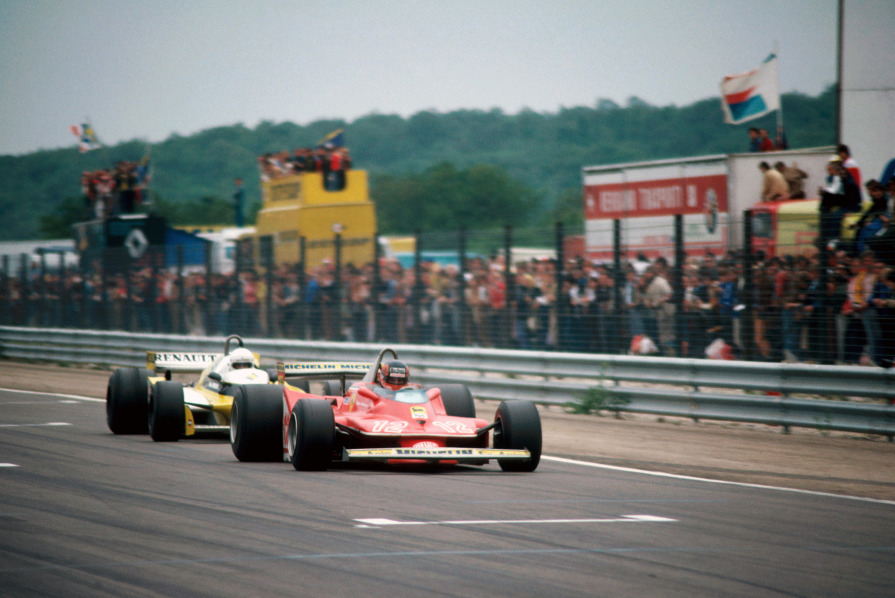
Circuit de Nevers Magny-Cours
The French GP moved next to the Circuit de Nevers Magny-Cours after Le Castellet and Dijon. The 4.41-km racetrack was one of the first retort circuits ever built, as the architects took inspiration from layouts at existing racetracks such as Estoril, Imola and the Nürburgring and named the passages accordingly. Constructed in 1989, Formula 1 was held at Magny-Cours without a break from 1991 to 2008, the venue becoming famous mainly thanks to the successes Michael Schumacher achieved there.
It’s not just the fact that with eight wins to his name, the world record F1 championship winner also holds the record for the most wins at a single track. In 2002, he won the eleventh race of the season and the title before the season had even ended, a feat which has never been bettered to this day. Apart from Schumacher, Alain Prost, Damon Hill and Fernando Alonso have also triumphed there. Heinz-Harald Frentzen caused a minor sensation in 1999 with his surprise victory in the Jordan. Ralf Schumacher also won in the BMW Williams at Magny-Cours in 2003.
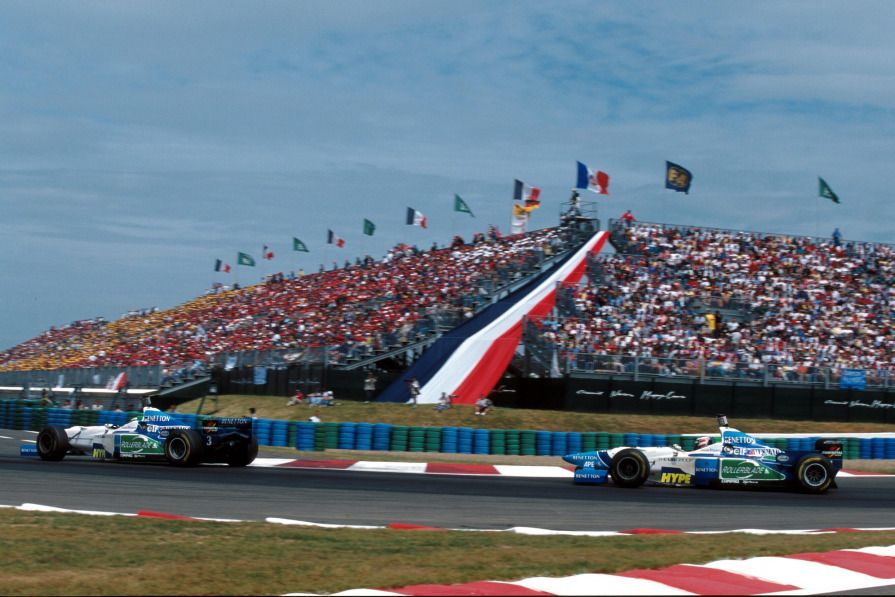
Circuit Bugatti, Le Mans
What is generally less well-known is that Le Mans has also hosted Formula 1 and the French GP. F1 racing took place at one of the most mythical places in motorsport history in 1967, the second year of the still legendary 3-liter formula, but the track variant used for the 24-Hours of Le Mans at over 13 kilometers in length was not the configuration, on which the grand prix was staged.
The Circuit Bugatti, first opened in 1965, was used instead. Graham Hill secured pole position in the Lotus on the 4.44-km track. Victory went to Jack Brabham in the car developed by him. He took the win from teammate Danny Hulme. This is the one and only time, 51 years ago, that Formula 1 grand prix racing has ever taken place at Le Mans.
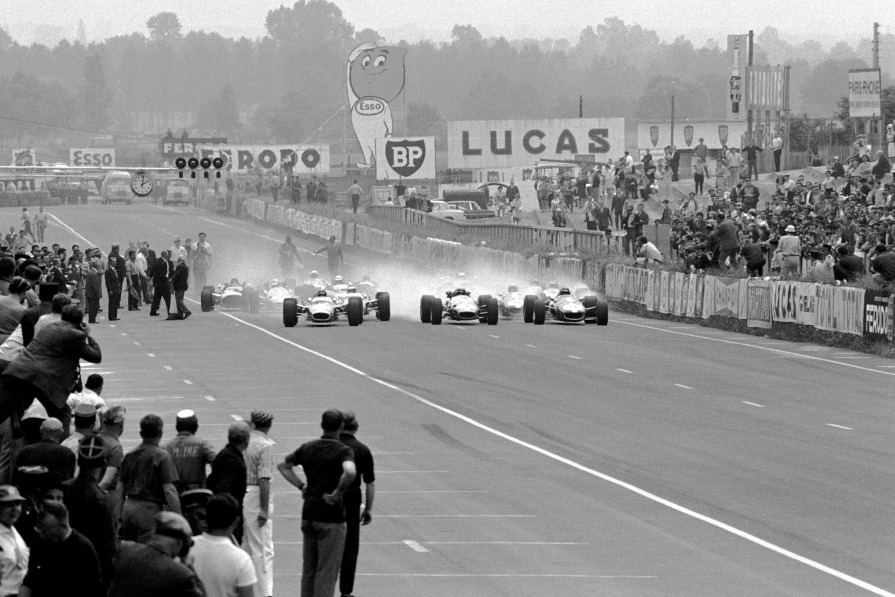

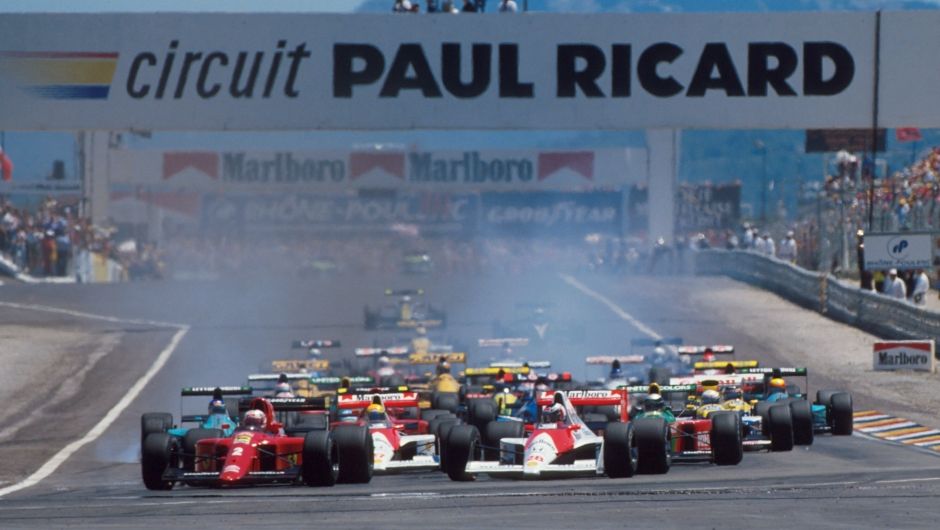
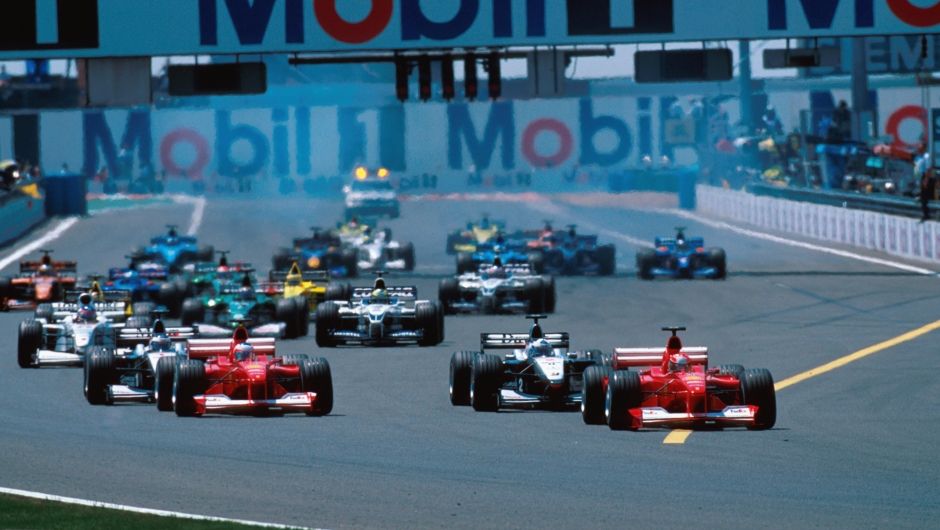
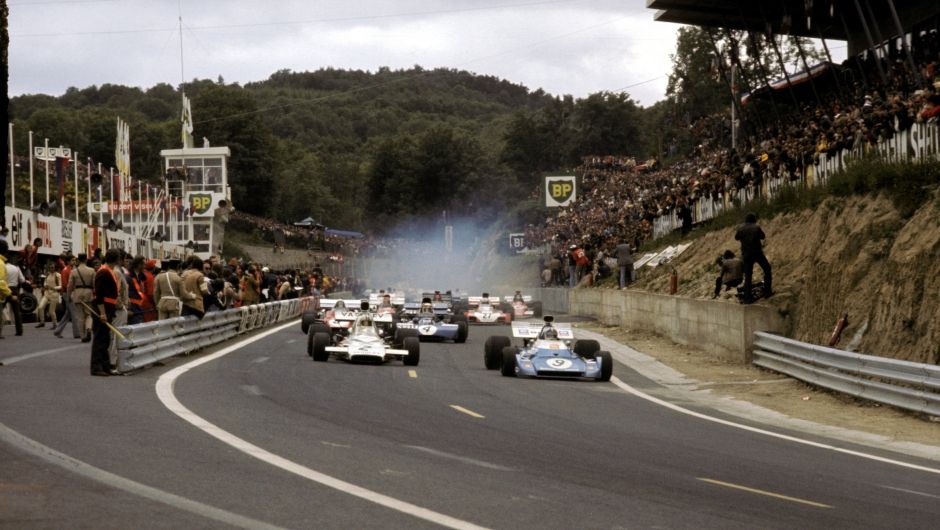
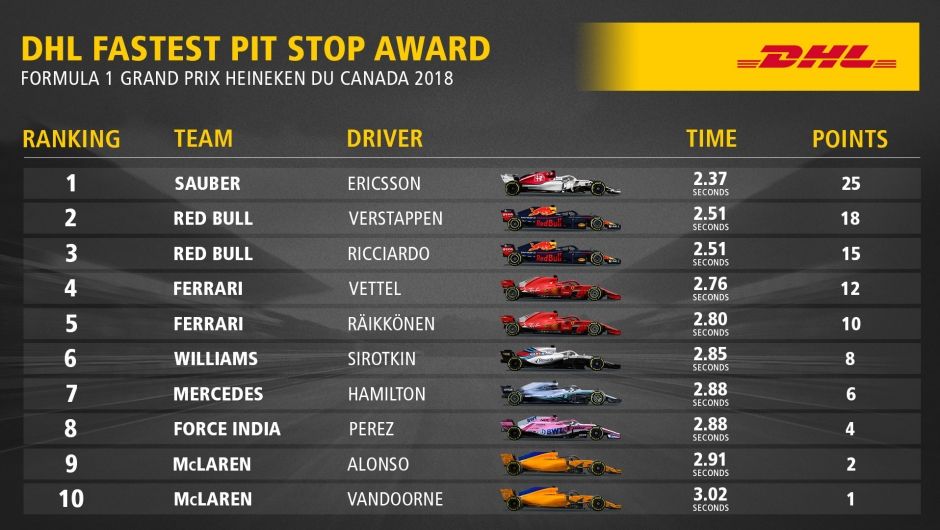
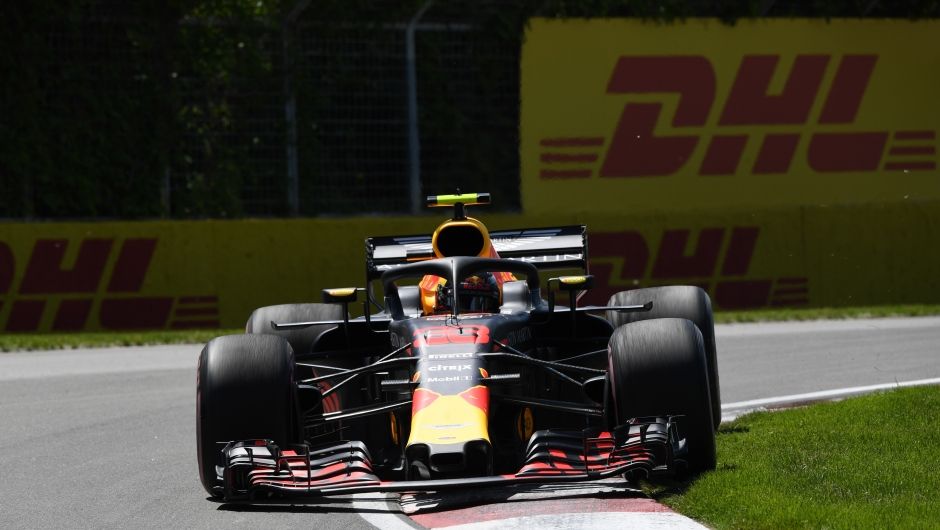

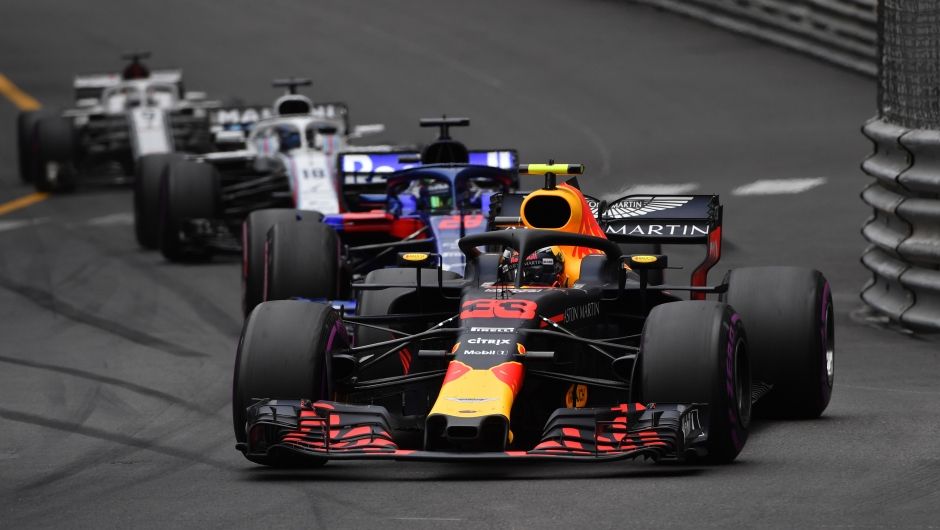
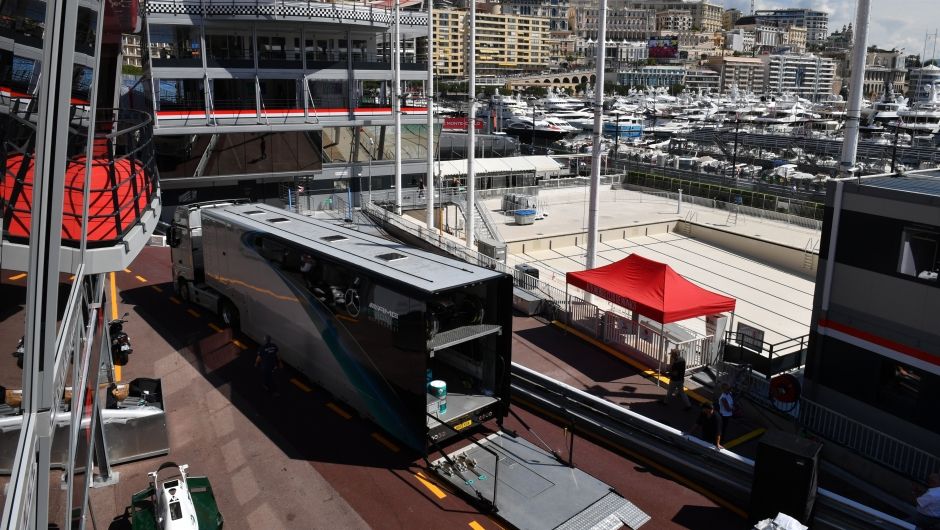
Content from disqus has been blocked because you did not allow to load it.
Loading the blocked content will adjust your privacy setting and content from this service will not be blocked in the future.
You have the right to revoke or change your decision at any time.
Posting Guidelines
All communications on Logistics of Things should be appropriate for a professional community, respecting the diverse views of individuals from different backgrounds. We will review all comments and reserve the right to terminate or restrict access to user's account and to delete any content posted through it, without notice and at our discretion, if we deem it to be overly promotional, offensive, or off topic.
All posting become property of DHL.